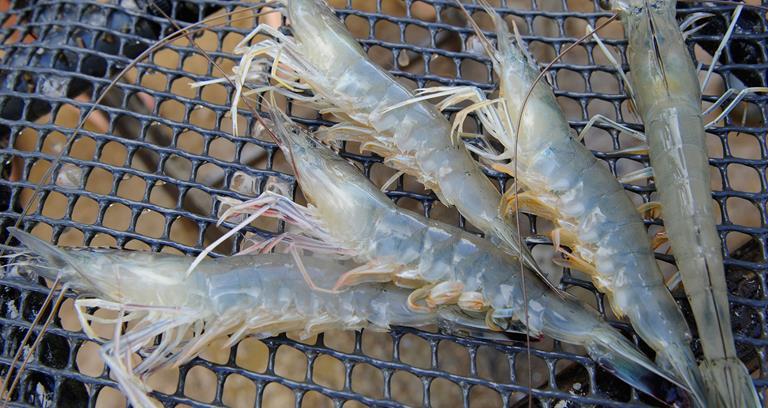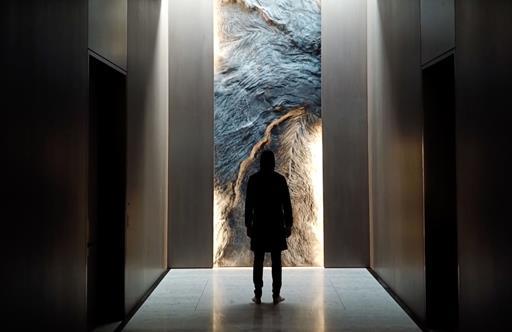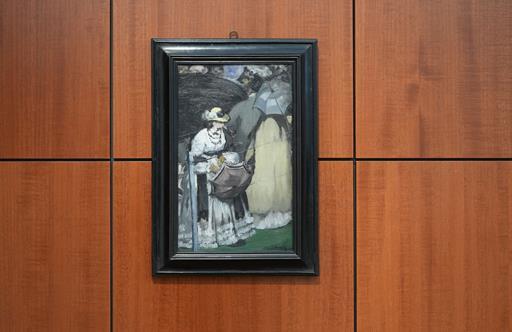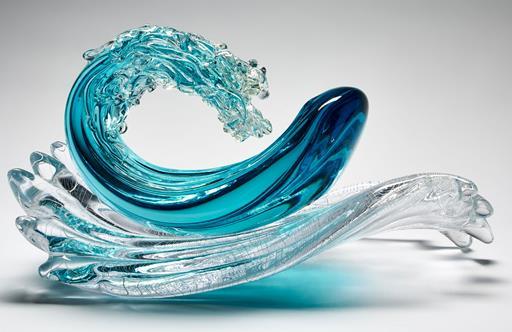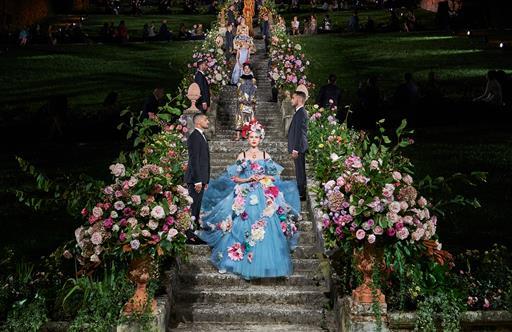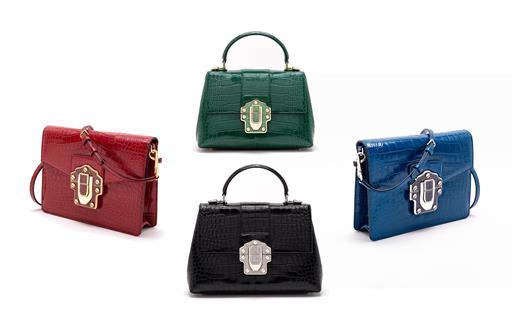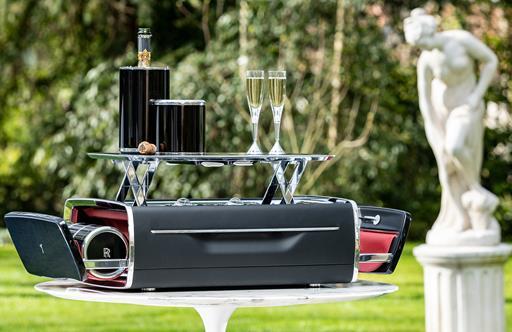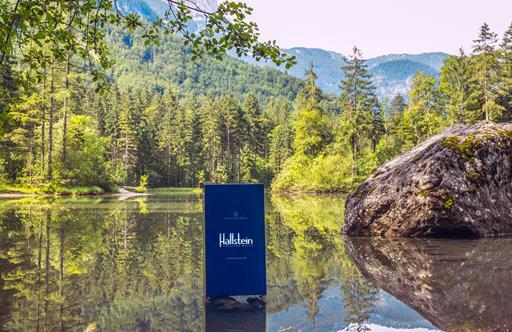The Blue Prawn
How did the obsiblue go from unknown species breeding off the coast of New Caledonia to unrivalled delicacy on Michelin-starred tables the world over? Jeffrey T Iverson tells the unlikely story of a diminutive delight
A few years ago, a product all but completely unknown in the West began appearing in Paris on the tables of a handful of famous French chefs – the obsiblue prawn, or Litopenaeus stylirostris, a rare, stunningly blue-hued species raised in New Caledonia, the French overseas territory in the Pacific. After conquering gourmets in Japan, today this sublime shrimp is finding its way onto the menus of the finest restaurants across Europe and beyond. Behind obsiblue’s expansion is the success story of a collective of farmers who chose to reject the too-prevalent logic of short-term gain and intensive, environmentally harmful practices, and to instead put their faith in nature, business savvy and exemplary standards of quality to prove to the world what they already knew – that the obsiblue is one of the most exceptional crustaceans in the world.
In 1994, a small group of shrimp farmers in New Caledonia gathered to create the Société de Producteurs Aquacole Calédoniens or SOPAC, hoping together they could compete in the global market. They built a common factory, where their rare species of blue prawn – the colour of which is believed to come from consuming the plankton prevalent in New Caledonia’s immense turquoise-watered lagoon (a Unesco World Heritage site) – would be cooked pink and sent to supermarkets across the world like any other shrimp. They would soon realise, though, that competing against the high-density farms in places like India, Brazil and Thailand was a lost cause.
There, warm tropical water charged with organic matter and a concentrated feed of dubious origin combine to produce shrimp en masse year-round. By comparison, New Caledonian waters are extremely clean and cool – so cool that farming is only possible seven or eight months a year. It takes nine months to grow a large New Caledonian prawn, while in Asia, a shrimp is supermarket-ready in three months. “The management of SOPAC understood that this scenario was going to be untenable,” says Dag Naess, managing director of SOPAC. “We cannot compete with the big prawn producers in the world.” But rather than give up, they changed strategy. After all, isn’t the best pinot noir grown not in California, but in Burgundy’s cool climate? “We realised we had to do something to obtain a level of excellence that would be recognised.”
With the French Ministry of Agriculture, SOPAC developed a set of quality criteria for every farmer to apply, including very low density (giving prawns five times the space of an average intensive farm) and formally banning the use of antibiotics, growth accelerators, or genetically modified organisms. The goal, says Naess was “to change the image of their shrimp, and sell the top grade of our production to a new market – chefs willing to pay a superior price for a superior product”.
By 2000, their efforts began to pay off. They found a new client in Kimihiko Araya, owner of the Japanese seafood company Godak. Araya believed that if the blue prawn was properly deep frozen for export, with its unique briny-sweet flavour – closer to lobster or langoustine than shrimp – it was easily of sushi quality. “Japanese chefs, the clients he wanted to reach, wouldn’t even want to open their door,” says Naess. “So what he did was genius.” Baptising it tenshi no ebi, or angel prawn, Araya sent 2,000 1kg boxes to the homes of chefs across Tokyo – addressed to their wives. When the women served the samples to their husbands for the evening meal, the chefs were converted. Today, tenshi no ebi is perhaps the only non-indigenous shrimp to be unanimously judged sashimi quality in Japan.
Breaching the Japanese market was enough to convince SOPAC they’d chosen the enlightened path in quality and sustainability. They opened a new factory in the largely tribal northern region, providing hundreds of much-needed jobs, and invested in improved deep-freeze technology. And since 2008, they’ve put forward the crème of the crop (about 50 tons of their finest specimens) to attempt to seduce Europe, a market where shrimp are not so prevalent in culinary culture. But ever since the first handful of French chefs (including William Ledeuil, Pierre Gagnaire and Eric Briffard) put their a priori assumptions aside and tested it themselves, the obsiblue has begun spreading across Europe.
“This prawn, in its appearance and its flavour, evokes in many ways everything that’s important for me in cuisine: freshness, subtlety and elegance in taste and aesthetic,” says Ledeuil, of the Michelin-starred Ze Kitchen Galerie. The chef even penned a volume of recipes dedicated to the obsiblue, including such dishes as a cocotte of prawns, mussels and coco de Paimpol, with coconut milk and lemongrass, and tartare of obsiblue with green mango and curcuma. At one time the notion of eating shrimp raw would be unthinkable in Paris. Today, among the most popular lunchtime dishes at l’Assiette, the 14th arrondisement restaurant of Alain Ducasse acolyte David Rathgeber, is the chef’s tartare of finely cubed obsiblue prawns, grilled pine nuts, basil and citron caviar.
It takes a rather extraordinary product to conquer hearts in disparate cultures, from East to West. For Naess, “it’s the [obsiblue prawn] in itself that has all this potential. “Then it’s simply about taking great care at every step of the process, and respecting the prawn’s natural cycles, giving it room to live.”
“Of course this comes at a price,” notes Ledeuil, but it is a price he, like other discerning chefs, will happily pay. “It’s something you can taste – in the flavour, the texture, in every way.”
